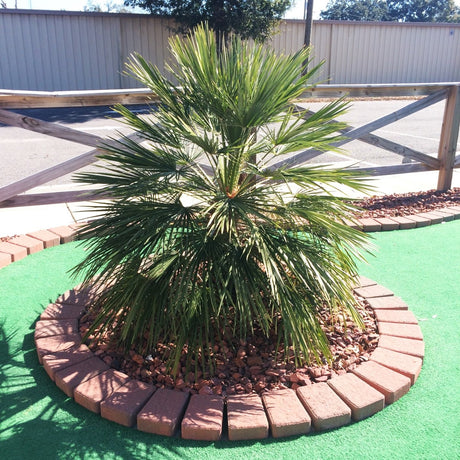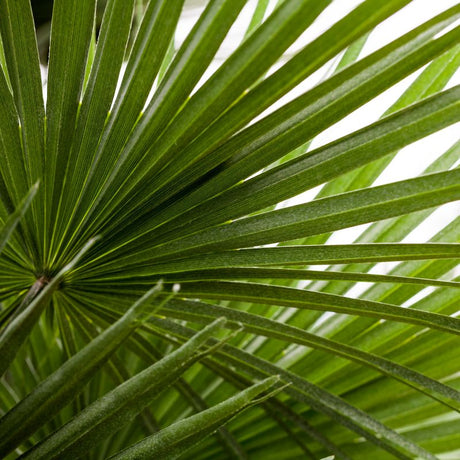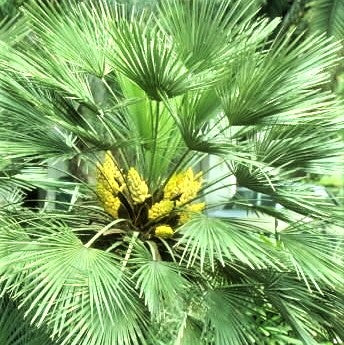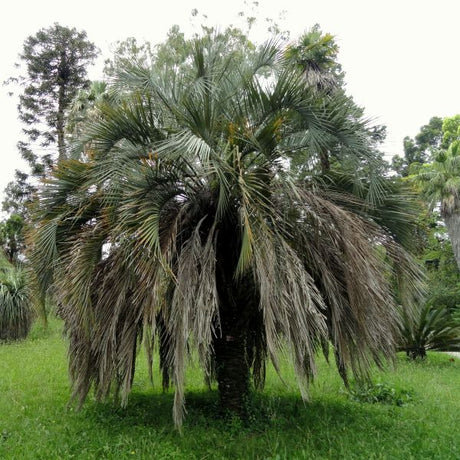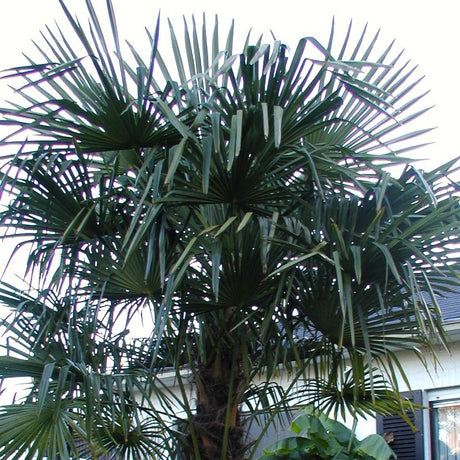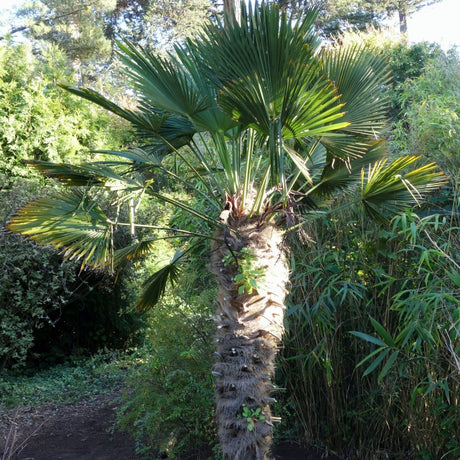- Sold out
- Sold out
There are more than 2,000 species of Palm Trees around the world and Nature Hills has chosen a few to market in the United States. Palms exhibit outstanding landscaping qualities and unique plant forms.
The market has recently developed some cold hardy Palms with planting zones that can extend much farther north, even into Zone 6! One of these Palms is the Windmill Palm (Trachycarpus fortunii), which makes growing a Palm Tree possible even if you do not live in a sub-tropical area!
Palms are distinguished by their large, compound, evergreen leaves, known as fronds, arranged at the top of an unbranched trunk.
Palm Trees exhibit enormous diversity in physical characteristics and can be found in nearly every type of habitat within their range, from rainforests to deserts.
FAQs
Choosing The Right Palm Trees For You!
Browse only for the Palm Trees for your Planting Zone using our USDA zone filters, and then narrow down your options by height and more!
Nature Hills has these fantastic Palm Tree varieties available.
- Jelly Palm Tree - edible fruit and mid-sized form with thick fronds
- Windmill Palm Tree - big wide fan-shaped fronds, the tall plants aren’t mess!
- Mediterranean Fan Palm Tree - Smaller container-sized with lacy fan-shaped fronds

Caring For Palm Trees
Depending on the species, some palms can live for more than a century. That means the palm you plant might outlive you.
Get your new Palms off on the right foot with these simple tips, planting advice in our #ProPlantTips, and with Nature Hills Root Booster!
- Ensure your Palm tree gets at least 6 hours of sunlight a day (full sun)
- These trees do best in well-drained soil
- Provide a 3-4 inch deep layer of mulch over the root system
- Check out each Palm’s Description for pruning and other care requirements
- Water new plants regularly using the Finger Test to help them get established
Palm Tree care is quite easy as long as it is in good soil, kept moist, and receives good fertilization. Over-watering or under-watering can stress out the Palm Tree, just like any other plant! Newly planted Palm Trees should be kept moist at all times, and more mature Palms can be watered at more lengthy intervals.
How To Use Palm Trees In Your Garden
Very few plants emote an iconic tropical illusion like the Palm Tree. Even when placed in a pot in a cold climate, this plant communicates warm, sunny thoughts!
Palms can be grown as summer patio accents and container plants on porches, then brought into greenhouses or bright sunny windows for the winter. Then brought back outside for the summer months for use around your poolside plantings, and seating areas, giving your landscape an exotic flair!
Why Order Palm Trees From NatureHills.com?
Family-owned and operated since 2001, Nature Hills Nursery prides itself on meeting the needs of customers with an ever-growing collection of online plants backed by our product guarantee and protected by Plant Sentry™.
All of our trees and shrubs are delivered safely to your home with instructions for planting, care, and maintenance, so you can order knowing you'll have exactly what you need! Plus plenty more information in our #ProPlantTips Garden Blog for extra support and inspiration!
FAQ's for Buying Palm Trees Online
What are the best cold hardy palm trees for non-tropical climates?
What are the best cold hardy palm trees for non-tropical climates?
The Windmill Palm (Trachycarpus fortunei) is one of the most cold-hardy palm tree varieties, capable of growing in USDA Zone 6. It's ideal for northern gardeners who want the tropical look without the tropical climate. Mediterranean Fan Palm and Jelly Palm trees also tolerate cooler zones, making them versatile options for more temperate regions.
Can I grow palm trees in containers or indoors?
Can I grow palm trees in containers or indoors?
Yes, many palm trees, like the Mediterranean Fan Palm, are well-suited for container gardening. These compact varieties thrive in pots and can be moved indoors during colder months. Place them in bright, sunny windows or greenhouses for year-round enjoyment, then bring them outside in summer to create a tropical vibe on patios or poolside areas.
How much sunlight do palm trees need?
How much sunlight do palm trees need?
Palm trees prefer full sun and should receive at least 6 hours of direct sunlight daily for optimal growth. While some varieties tolerate partial shade, full sun exposure ensures strong frond development and vibrant color. Be sure to plant them in an open, sunny location or choose a bright spot if growing indoors.
What soil and watering conditions do palm trees need?
What soil and watering conditions do palm trees need?
Palm trees require well-drained soil to prevent root rot. Keep young palms consistently moist until they are established, then switch to less frequent, deep watering. Use the finger test to check soil moisture levels and apply a 3–4 inch mulch layer to retain soil moisture and protect the roots.
Do palm trees require a lot of maintenance?
Do palm trees require a lot of maintenance?
Palm trees are relatively low-maintenance once established. Regular tasks include occasional pruning of dead or damaged fronds, checking for pests, and applying slow-release fertilizer during the growing season. For best results, follow care instructions specific to your palm variety, available on each product page at Nature Hills Nursery.

